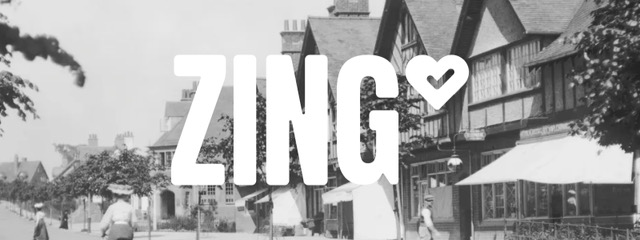Post codes, pink wigs and how insurers judge their customers
In 1893, George Cadbury purchased 120 acres of land near to his famous chocolate factory to house his chocolate factory employees in a model village he named Bournville. By 1900 the estate had grown to include 313 cottages and houses including parks, schools and, owing to George’s Quaker faith, not a single pub. It is now a famous social experiment and pioneer of town planning, and the living conditions would certainly have fostered demographic commonalities. The residents of Bournville lived together, sent their children to school together, played sports together and worked together. If they went to the pub then they had a long walk there and back together. All that said, it would be somewhat naïve to believe that all Bournville residents were alike. The good people of Bournville may have lived and worked alongside each other, but behind closed doors it stands to reason that their interests would be as many and varied as any other community. They read different books, wear different clothes, decorate their homes differently and are probably as varied as the multiplicity of chocolate bars available at their local shop.
Love thy neighbour
Even amongst the apparent homogeneity of a community such as Bournville, there is diversity. And yet consumer insurers generally still use post code data as their primary tool for determining a customer’s product need and risk profile. Of course, there’s some logic to this. Post code data can tell you the typical age, highest qualification, social grade and health status of your neighbours. And this is used, for good purposes or less so, by credit agencies, political parties and others, as well as insurers.
Whilst this has a use, any use of it must be measured against its limitations. Whilst post code data might be a reasonable way to gauge political leanings, Tory vs Labour, or Democrat vs Republican, as a way of getting a qualitative view of an individual it seems rather more crude. Are my most important possessions the same or similar to my neighbours? Am I similar to my neighbours when it comes to how careful, or how careless, I am with my possessions?
Through the Keyhole
At its most basic level, insurance is about pooling of risk. Customers effectively mutualise their risk by paying into a pool so that if they suffer a loss the insurance will put them back into the same asset or financial position as prior to the loss. Insurers obviously also want to make a reasonable profit, by charging more in premiums than they pay out in claims. That sounds simple, but the devil is in the detail. First, insurers need to understand what they’re insuring for their customers and all too often they don’t. Second, they need to find an effective way of pooling their customers with those that share a similar ‘risk profile’, and post code is all too often a poor means of achieving this.
A popular TV show when I was growing up, now enjoying a revival, was ‘Through the Keyhole’. The presenter would prowl through a home, highlighting possessions contained therein: clothes, furnishings, books, jewellery etc. The eagle eyed contestants in the studio would then have to guess the celebrity homeowner. Sometimes there were tell tale clues that would lead the contestants and the viewer at home straight to the celebrity identity, and sometimes it was less obvious. I was reminded of this recently reading some of the obituaries to the late Barry Humphries, legendary Australian comic and the man behind the characters of Dame Edna Everage and Sir Les Patterson. His real passion, once off the stage and back at home, was for books; very often first editions and rare, obscure titles. Once he put away the pink wigs and the dazzling costume jewellery, he was a passionate bibliophile and collector of antiquarian books. Would this throw a contestant on Through the Keyhole off the scent?
And so to embedded insurance…
It might equally throw an insurer off the scent. Into which ‘pool of risk’ will an insurer’s algorithm place a man whose profession is ‘comic actor’ and lives in a mixed post code in London? At Zing we think a good place for insurers to start to better understand their customers is by better understanding what they actually own, what possessions are most important to them and from which retailers and brands they acquire those important possessions. Where people choose to spend their money and on what probably gives us a better clue as to what’s important to them and what they want to protect and that’s probably more important for an insurer of their possessions than the fact that they might live in Bournville and work for a chocolate manufacturer.
At Zing we want to get closer to our customers by getting closer to what they choose to insure with us and the retailers and brands they trust to shop with. We capture better information about our customers’ possessions, we work with the originating brands and retailers to keep their cover relevant and, crucially, we continue to work with those brands and retailers to ensure the claim process draws upon their product and market expertise. By embedding ourselves amongst the products and brands with which our customers are already engaged, we think we get a far better picture of our customers than just looking at their post code, or indeed their favoured choice of chocolate.
